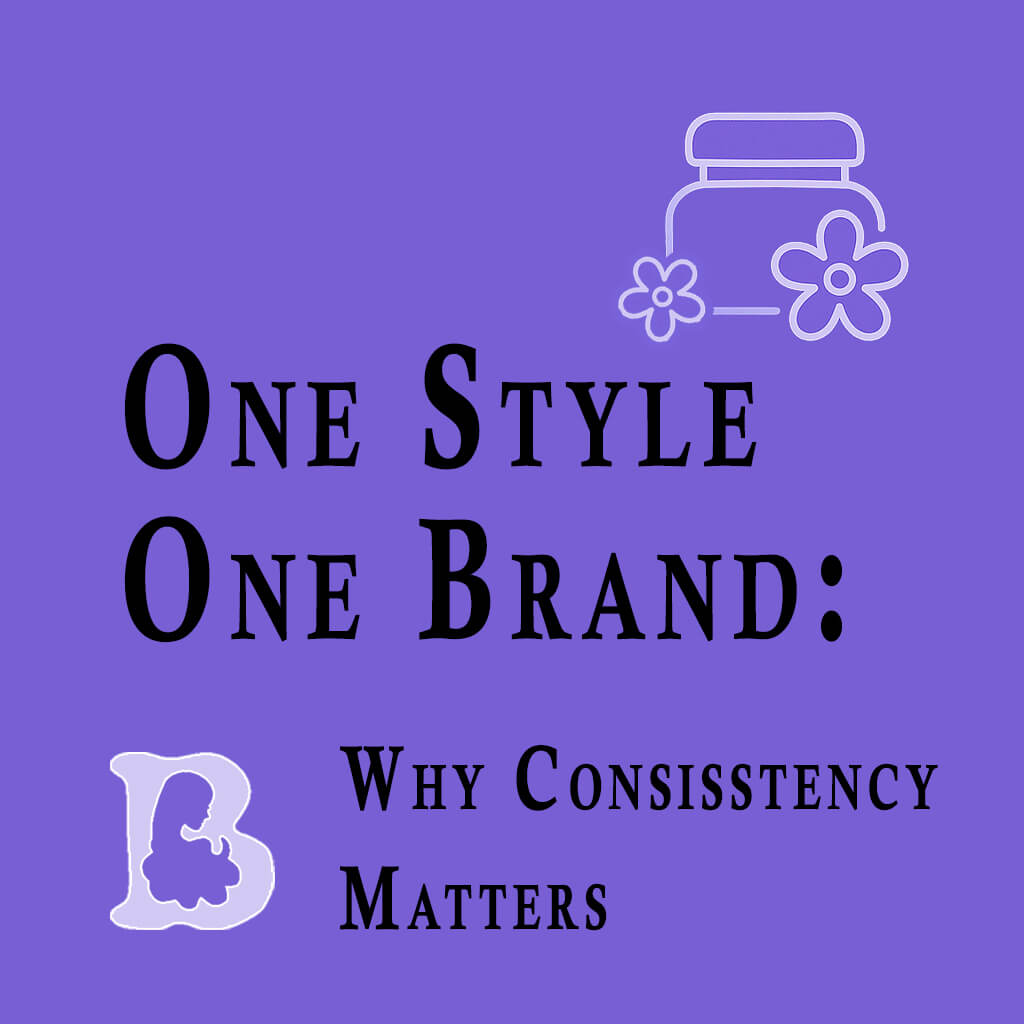Unified Branding: Connect Your Online and Offline Worlds

When creating online and offline advertising projects, it’s important to ensure that people can immediately recognize your brand — that this is the same ad they’ve seen before and have been looking for. Unifying your online and offline advertising in a single visual and messaging style is a great idea, and here’s why:
Why use a unified style?
- Brand recognition.
When your advertising looks consistent — on the website, on Instagram, flyers, billboards — people form associations with your brand faster. This builds trust and recognition. So when they think of needing your service, the ad they’ve seen multiple times will instantly come to mind.
- Professional image.
Inconsistent styles can give off a messy or unreliable impression. A unified style shows that everything has been carefully planned and thought through — a serious and memorable approach. Constantly changing your branding might make people wonder whether the management or staff has changed, or whether the business is unstable.
- Stronger memorability.
Repeating the same visual elements and slogans helps people remember your message more easily. It also becomes a unique feature — a “signature” that sets your brand apart.
- Saves time and money.
One consistent style means one set of templates, fonts, colors, etc. You don’t have to reinvent the wheel every time. This is convenient both for the business and for the designers who will work on future advertising.
4 simple steps to create a unified style:
1. Create a brand guide (it doesn’t have to be complicated):
Define your brand’s colors, fonts, logo usage, and examples of tone of voice (e.g., friendly, expert, etc.).
Beautier has explained all of this — you’ll find everything you need in the following articles:
The Art of Website Fonts: Readability, Style, Uniqueness
A Guide to Creating the Perfect Logo for Your Brand
Color Solutions for Web Design: How to Choose an Effective Palette
The Art of Choosing Color Schemes and Color Trends for Women’s Beauty Websites
Best Color Solutions for Men’s Audience and Barbershops: Design, Style, and Aesthetics
The Magic of Gradients: Secrets of Effective Color Use in Web Design
2. Define your key message.
What do you want people to remember? Make this the core of both your online and offline materials.
3. Use the same visual elements:
Choose a consistent photo or illustration style, a main slogan (or a small set of them), and a unified headline style.
4. Test it.
Try making an Instagram post and a flyer side by side. Ask your friends or clients — do they clearly feel like they’re from the same brand?
It’s great when online and offline advertising serve different purposes but share the same soul.
Online often works best for engagement, storytelling, reviews, and interactivity.
Offline catches attention on the go: it should be bold, concise, and clear.
But when someone sees your flyer and later comes across your social media ad, they should instantly realize:
“Oh, that’s definitely the same company!”